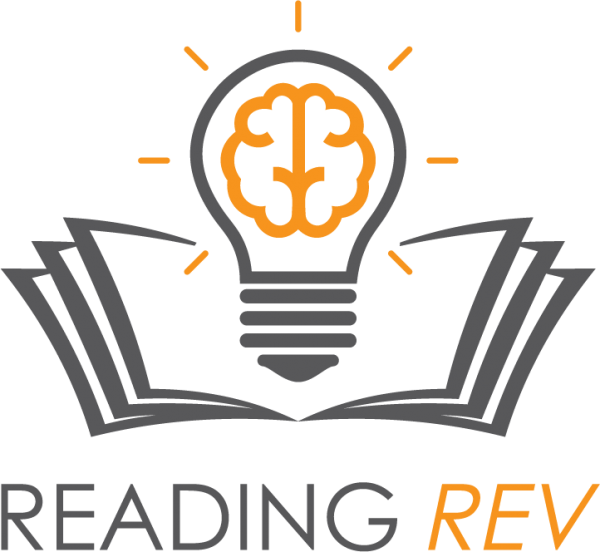Big Kids Need Phonics Too Series! Step 3: Teach Syllables
Would you like to know the single greatest factor of older kids’ reading success? Do you have students guessing at longer words based on the first letters?
Kids need to be explicitly taught a strategy to decode longer words.
So, here it is…
Teach syllable types and syllable division. It is the one thing that makes the biggest difference in reading for intermediate students!
We have seen it over and over again… the 3rd grade plummet. This is when students who have not struggled with reading before, get to third grade and are suddenly below the benchmark. Teachers are concerned. Parents are confused. Everything was fine. What happened??
Students who have decent phonetic skills, good visual memory, and use picture clues can get by in kindergarten through 2nd grade. However, in third grade, the picture support is removed and the majority of words become multisyllabic. The student’s reading ability plummets. They guess at unknown words based on the first letters or common, similar words.
Teaching the 6 phonetic patterns of English and their corresponding syllable types is the solution.
Syllables are the key to decoding (reading) and encoding (spelling).
The 6 Syllable Types
1- Closed Syllable
2- Open Syllable
3- Magic E Syllable
4- Vowel Teams Syllable
5- R-Controlled Syllable
6- Consonant -le Syllables
Our Syllable Type posters made just for Big Kids can be found here.
The first step is for students to be able to HEAR syllables.
This is one of the four components of phonological awareness. This foundational skill should be in place before reading and writing! However, it’s never too late to teach if it is not secure. For more information on phonological awareness and distinguishing syllables, click here.
The second step is to teach the TWO syllable division rules.
That’s right, there are only 2! These two rules will allow you to break unknown words into syllables. This is necessary because syllable division determines pronunciation and spelling.
Rule #1: When there are two consonants, between the vowel, they divide! This means one goes with the first syllable and the other goes with the second syllable. We say, “We slide and divide!”
Rule #2: When there is one consonant between the vowel, it goes to the second syllable. We say, “Hold on tight, I’m moving to the right!”
Have students practice labeling words and cutting them apart based on these rules. A dear friend coined this “syllable surgery.” Once a word is cut or chunked into syllables, there are just several, small word parts to read. (This is why nonsense word practice and blending drills are so important!)
Want to see syllable surgery modeled? Check out our Orton Gillingham lessons modeled here!
Let’s look at the word fantastic. When we break this word into syllables using the division rule “two consonants will split,” we get fan tas tic. They become three, easy-to-decode nonsense words!
Breaking words into syllables will also help with encoding. When a child can break a word into syllables, then they can sound out or “tap out” the sounds of each syllable. This is more effective than trying to sound out every sound of a long word.
If you’d like to learn more, watch our “Introduction to Syllable Types” module from our 5 Components of Reading With Orton Gillingham Online Class here. This is just a sneak peek of what the class entails, and it’s yours for FREE!
Be ready to be amazed at how mastering syllables can change everything for your intermediate readers!
Want to see all 6 Steps in the BIG Kids Need Phonics Too! Series? Here you go!
Step 1: Diagnostic Assessments
Step 2: Eliminate the Primary Vibe
Step 4: Read High-Interest, Skill-based Passages





